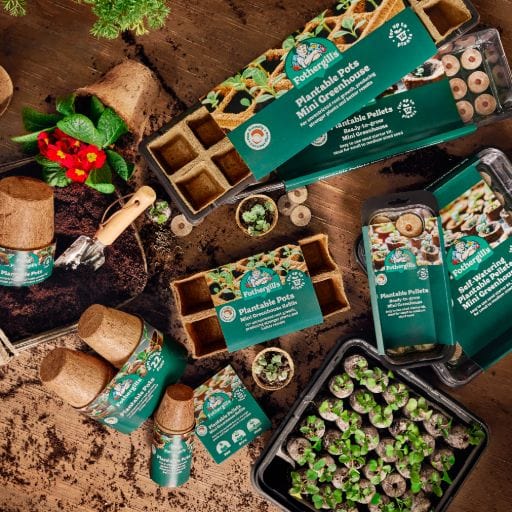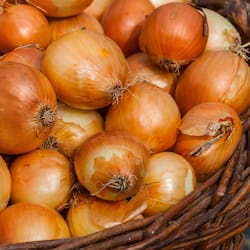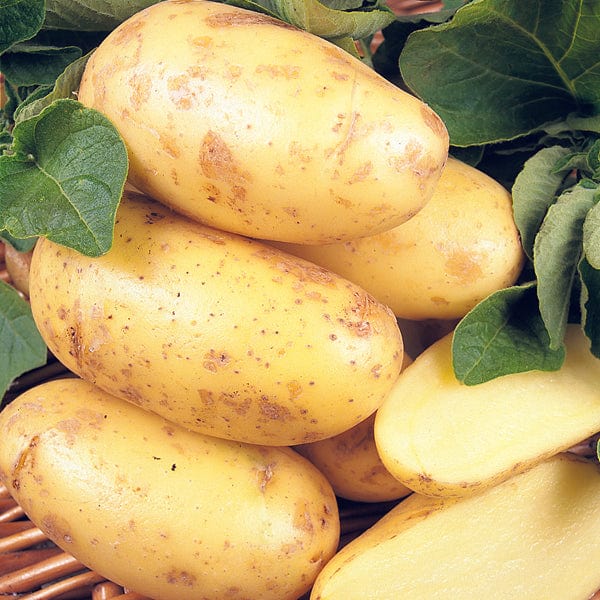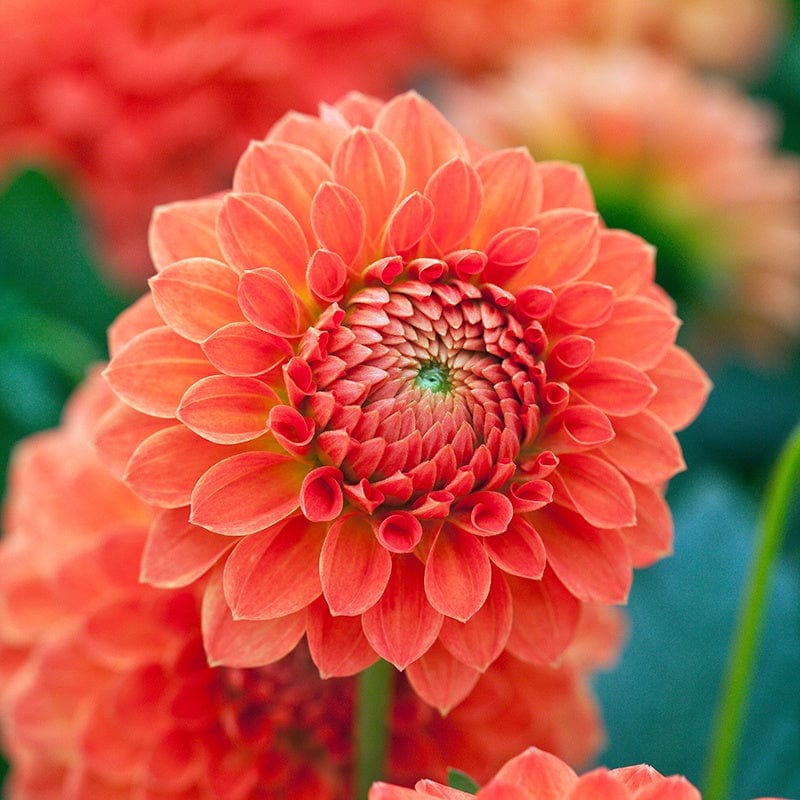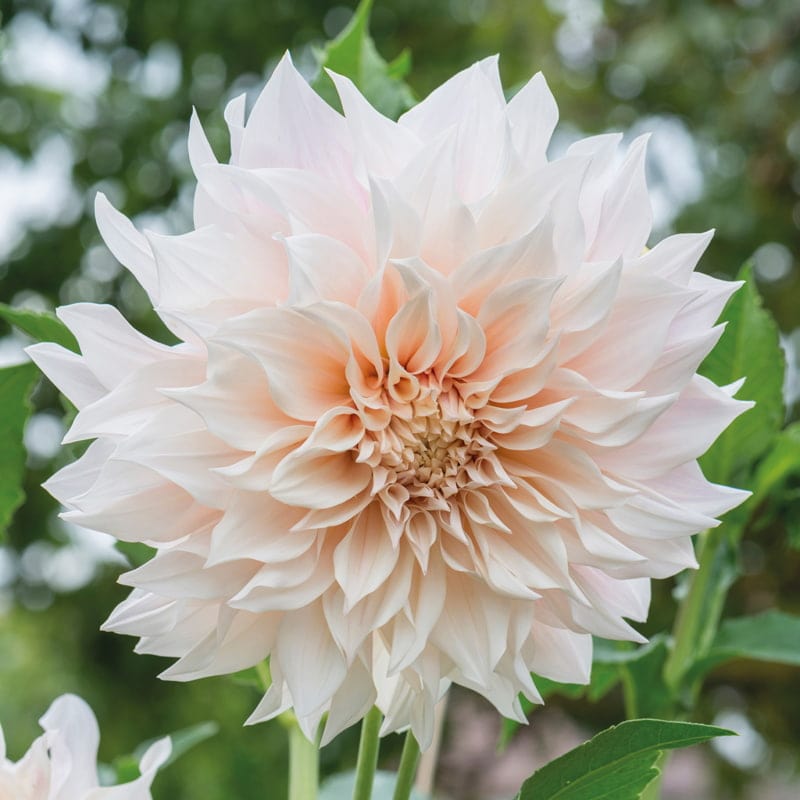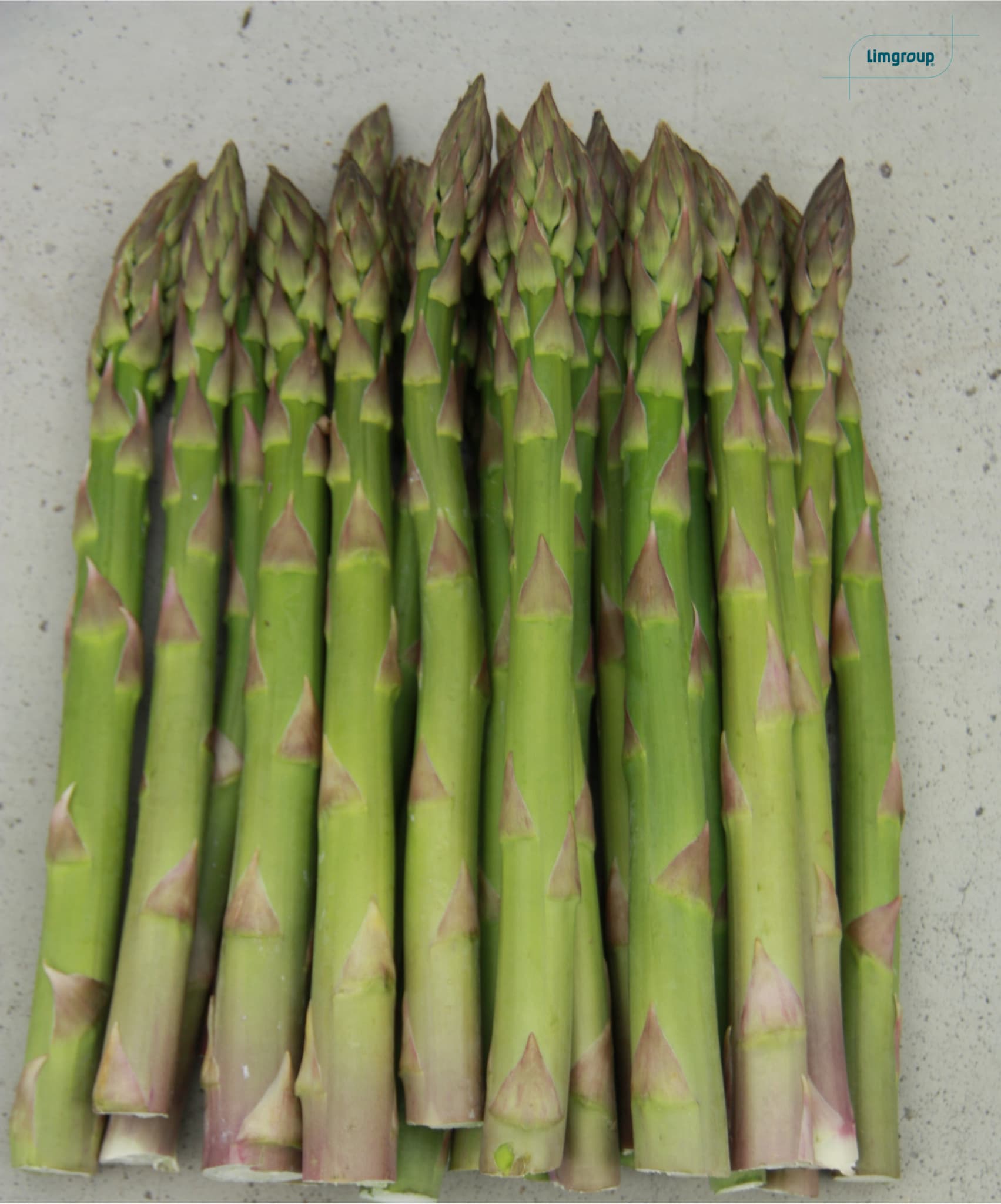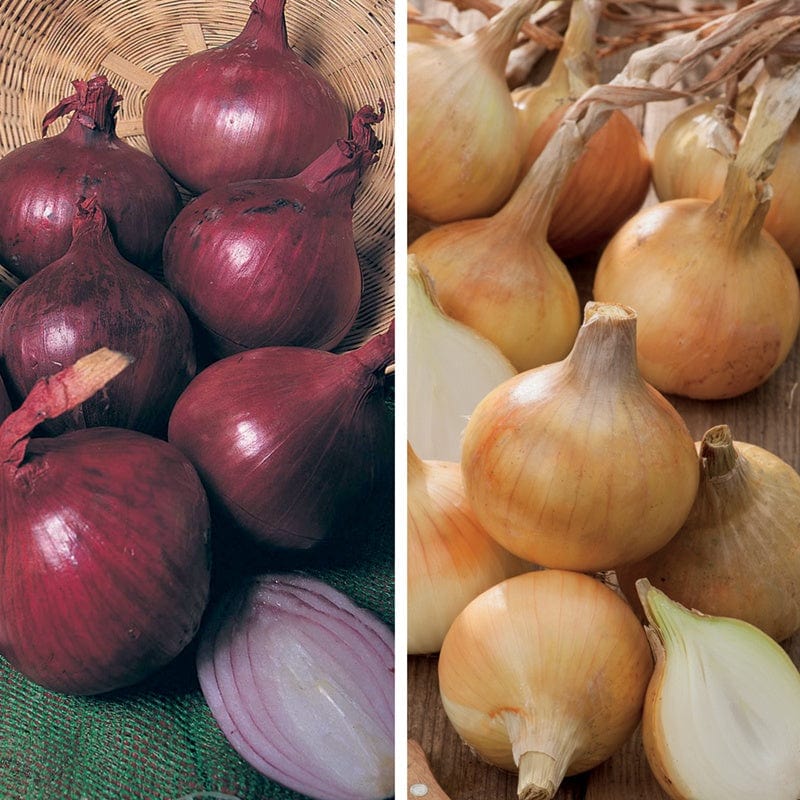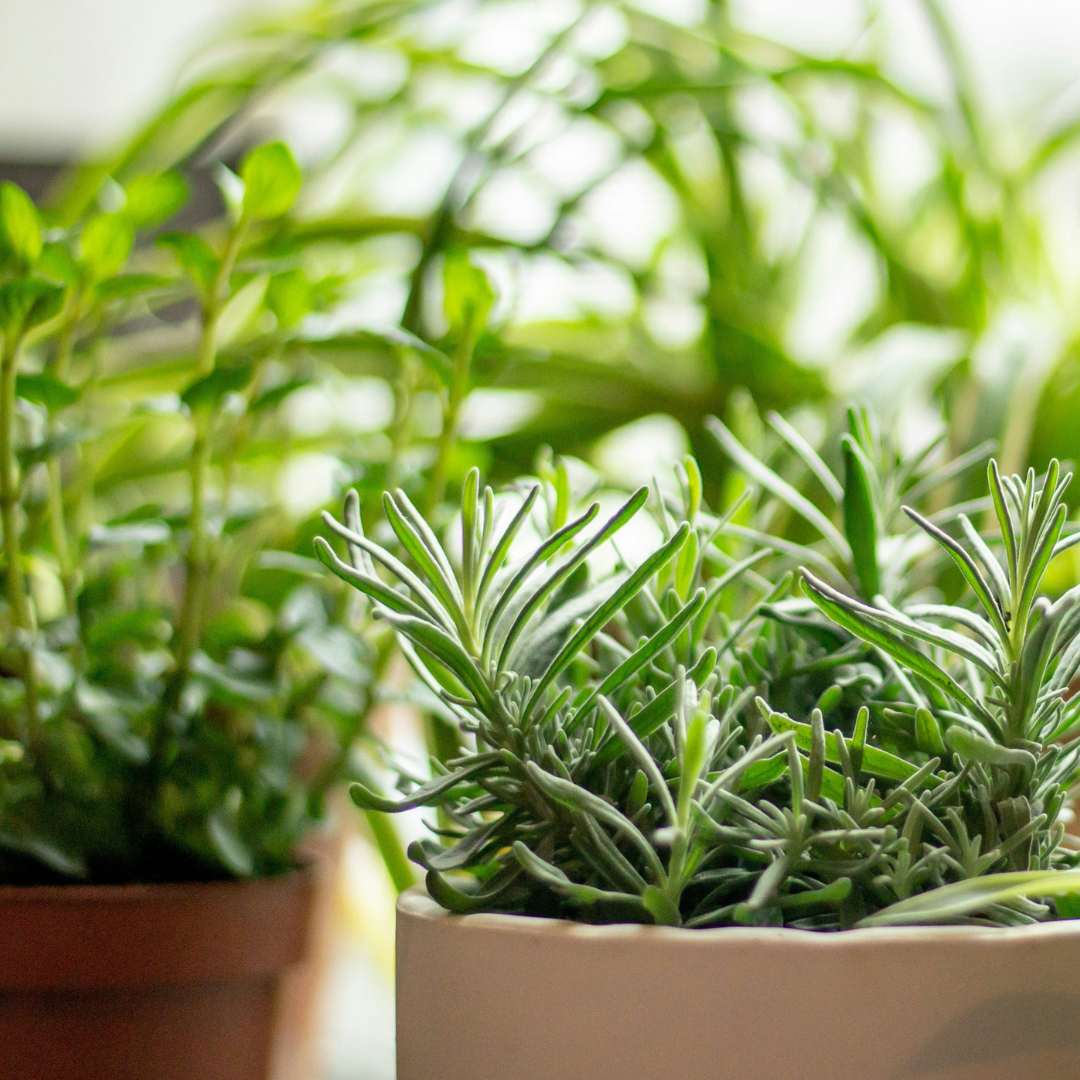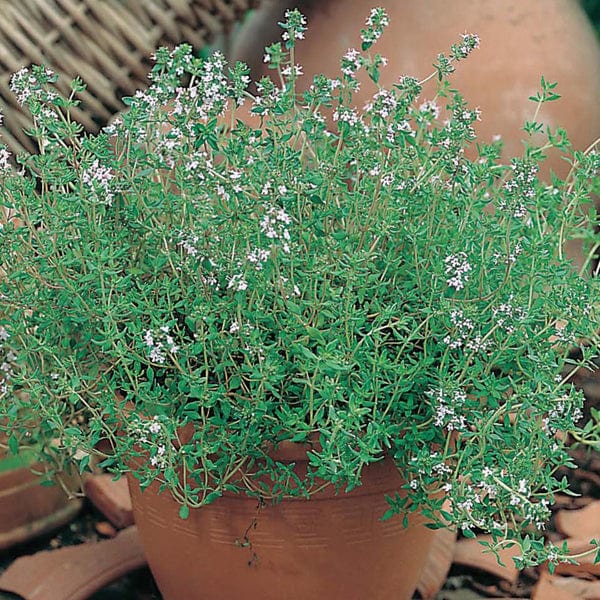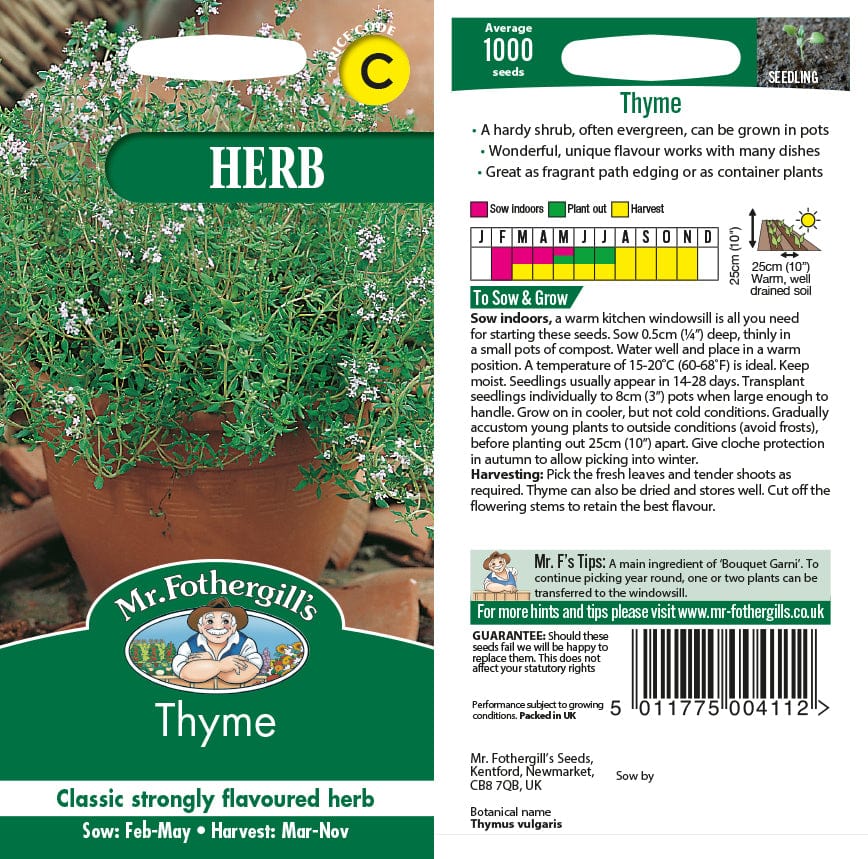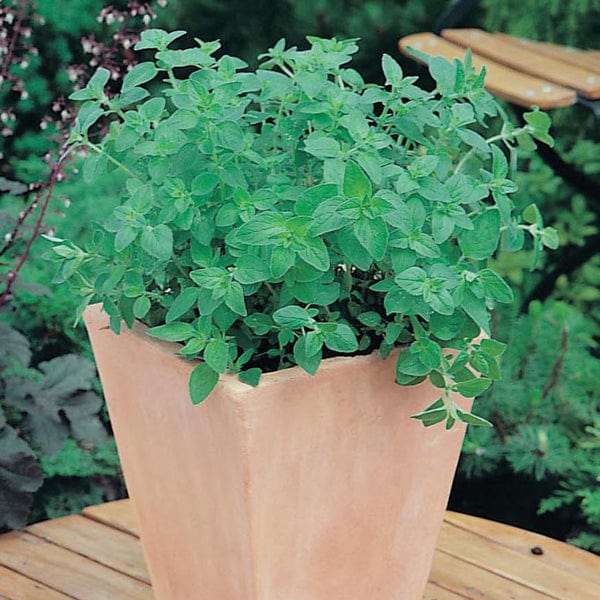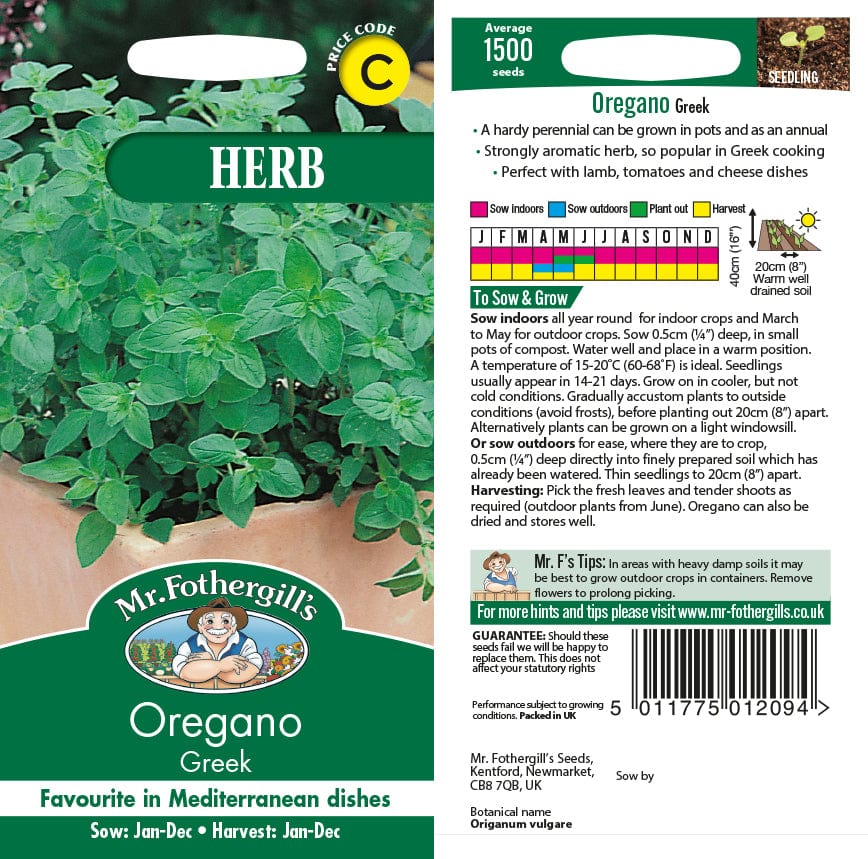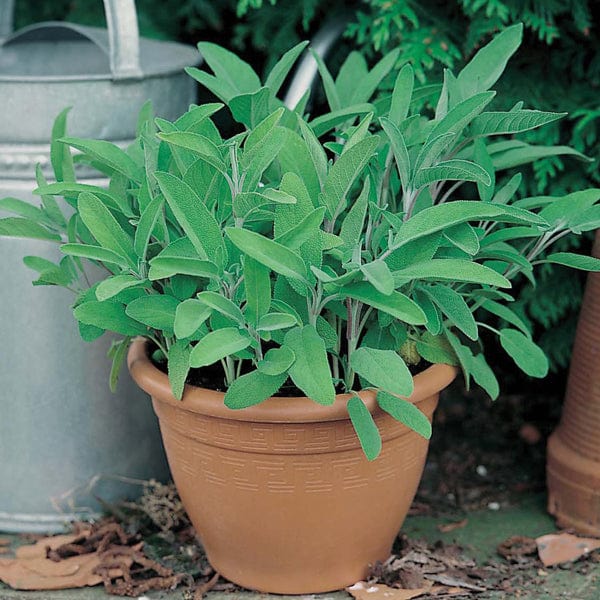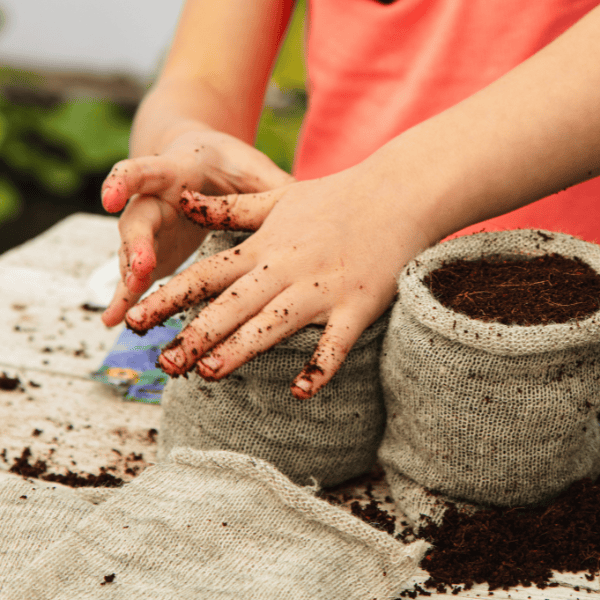Every garden needs some herbs and, if you ask us, so does every meal! So get ready to take your cooking to the next level with your very own homegrown herb garden! Herbs like rosemary and thyme are what transform meals - contributing bags of flavour and turning the ordinary into the extraordinary.
The great thing about herb gardens is that they can be designed to fit gardens of all styles, sizes, and shapes. So read on or watch our video to find out how to make a herb garden of your own or for even more herb garden ideas, tips, and tricks.
Where to Grow Herbs
There are herbs for every situation. So it doesn’t matter whether you can only spare a compact corner or an entire garden, you can use herbs to create a space that’s both useful and beautiful.
If you’re wondering which herbs are best for your growing conditions, let us give you a helping hand:
Herbs like rosemary, oregano, sage, and thyme thrive in drier, sunnier positions, while softer leafy herbs like mint, parsley, chives, and lovage grow well in moist, part-shaded areas.
You don’t have to completely segregate your herbs from the rest of your plants! You can grow herbs among your vegetables, alongside flowering ornamentals, in a wildflower meadow, on the patio or within a dedicated herb garden – the choice is yours.
Growth Habit
When designing with herbs the first thing to consider after growing requirements is growth habit. Tall, statuesque herbs like angelica contribute vertical interest to the garden. They are generally planted towards the back of a bed so they don’t overshadow shorter plants but can also look great thrusting skywards among lower-growing plants.
Medium-sized herbs, from about 1-3ft, or 30cm to 1m in height, will form the bulk of your planting. Combine a variety of leaf shapes, colours and textures to break up blocks of planting. And, of course, most herbs will also draw in numerous beneficial bugs, most noticeably bees that will go on to help pollinate vegetables and fruits.
Lower-growing herbs like parsley or chives should be planted at the front of any scheme where they can form a neat edging or spill outwards.
Edging and Paving Herb Garden Ideas
Spruce up your garden’s overall appearance with these herb garden design ideas. If you’re keen to grow plants for edging and paving your garden, herbs are such a versatile option - with so, so many aesthetic options on offer! Grown alongside a path, they’ll add a touch of beauty to your garden whilst releasing their aroma every time you brush past.
Creeping herbs like thyme, oregano and prostrate forms of rosemary are great for growing within paving, planted into cracks, opportunistically at the edges, between slabs or in other gaps. From here they’ll extend out to soften hard surfaces while taking advantage of the radiated heat to waft their delicious fragrance even further. These types of herbs work well bursting out from any landscaped surface to create a more relaxed, informal feel. Or try planting them en masse to form a practical, yet highly attractive, living mulch that also works to crowd out weeds.
Formal Herb Garden Design Ideas
Formal herb gardens use straight lines and patterns to create pleasing symmetry. Raised beds especially lend themselves to this type of setup, helping create a sense of ordered calm. You can either plant a mix of herbs or just one type of herb per bed to emphasise the order and make maintenance far simpler.
Just because your herb bed is ‘formal’ doesn’t mean it has to be on a grand scale. A simple herb wheel is a great way to pack a handy selection of herbs into a space little wider than your average steering wheel. Selecting herbs that enjoy the same growing conditions makes ongoing care easier, whilst dividing up the space into individual planting pockets helps stop herbs growing into each other or one herb from dominating.
Container Herb Gardens
Many gardeners can only afford space for a few pots of herbs. But that doesn’t mean you can’t design an effortlessly stylish herbal heaven! Cluster pots of herbs, salads, and vegetables together to create a living tapestry of leafy loveliness.
Use bold forms like rosemary to create a feature on your terrace, or mix them up in stone or metal troughs and herb towers to really pack your herbs in while ensuring an eye-catching centrepiece to feed both body and soul.
You could even grow your herbs vertically in containers held up on posts or secured onto walls and fences. Trust us, there’s always room for more plants to be added to your garden - even if it is halfway up a brick wall!
Gardening Advice from Mr Fothergill’s
We’re excited about planting the seeds of plenty of gardening ideas to help get the whole family involved in your outside space! Gardening is for everyone! So let us help you and the kids blossom into green-thumbed growers as you watch your tiny, tiny seedlings reach their full potential in your very own garden.
Whether you’re keen to create a vibrant playground for bees and butterflies with our range of flower plants or show the little ones just how rewarding it is to watch your easy-to-grow veg seeds make their way all the way from the ground to the kitchen, Mr Fothergills has got all of your gardening essentials to get you started.
If you have any further questions about how to grow gooseberries and currants or curiosities about any of our other products, don’t hesitate to contact us or take a deeper dive into our gardening blog!












